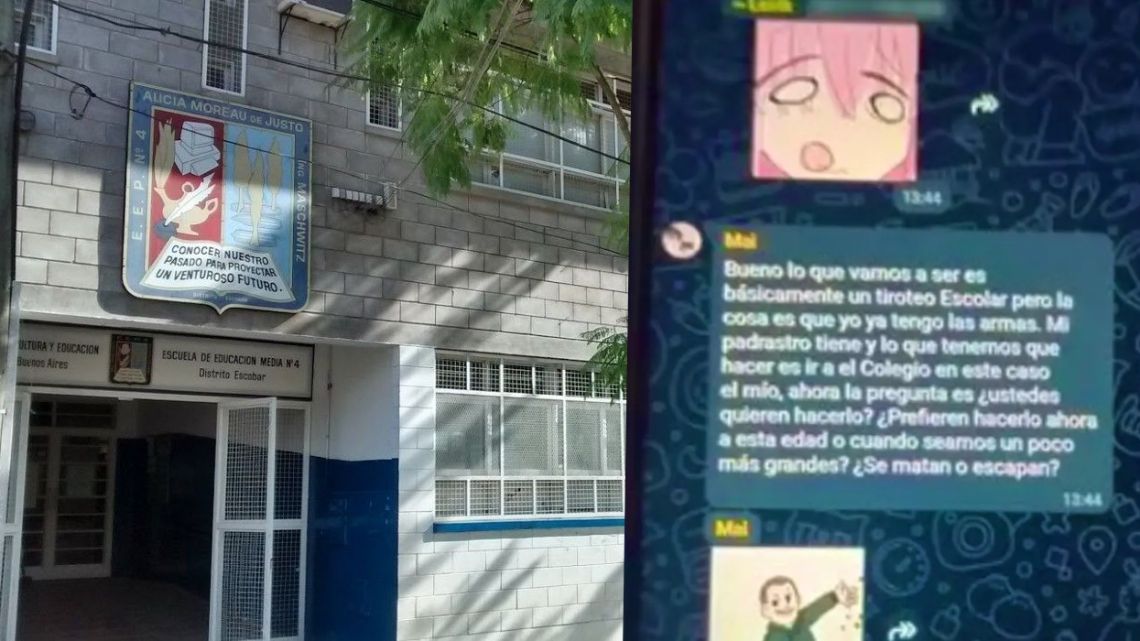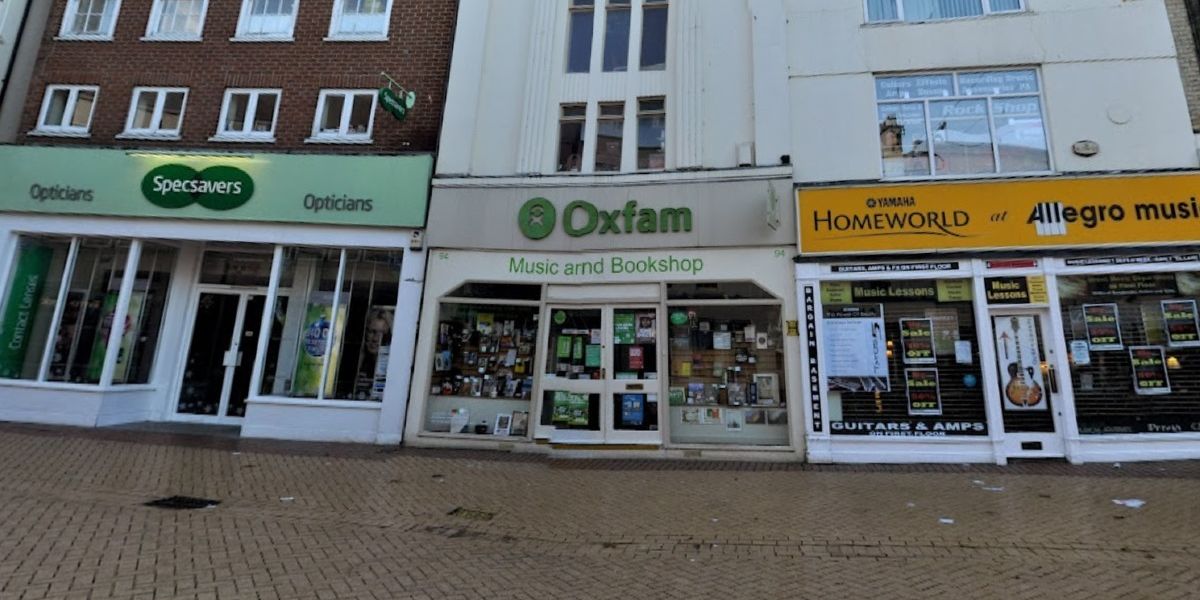Bain & Company reports Brazil’s luxury market thrives as global demand falters, projecting 1.5 million high-net-worth Brazilians by 2030, holding $1.1 trillion.
While the world’s luxury sector faces its first decline since 2009—dropping 2% to €363 billion in 2024—Brazil’s wealthy fuel a rare expansion. This growth contrasts sharply with slowdowns in the U.S., Europe, and China, where economic uncertainty dims sales.
The figures tell a clear story: Brazil’s luxury market hit R$74 billion in 2022, with forecasts targeting R$133 billion by 2030. High-income consumers jumped from 730,000 in 2014 to 1.3 million in 2022, their wealth doubling to $720 billion.
Experts attribute this surge to concentrated income growth and a strong dollar, curbing overseas shopping and boosting local purchases. Global brands respond eagerly, launching stores like Comme des Garçons, Alo Yoga, Loewe, and Le Labo in Brazil during 2024.
In addition, Tiffany & Co. unveils a 400-square-meter flagship in São Paulo, followed by a Blue Box Café in March 2025, aiming to lead the market. Guerlain introduces a R$101,000 perfume in São Paulo, selling just one unit, signaling Brazil’s rising status.
 Brazil’s Luxury Market Defies Global Downturn with Steady Growth. (Photo Internet reproduction)
Brazil’s Luxury Market Defies Global Downturn with Steady Growth. (Photo Internet reproduction)Sales data backs the trend: luxury goods grew 12% in 2023, per MCF Consultoria, with high-end real estate leading the charge. Shopping centers like Iguatemi and JHSF’s Cidade Jardim report robust gains—JHSF notes a 25.3% sales rise in Q3 2024.
A Resilient Luxury Market Amid Global Decline
Executives highlight a post-pandemic shift, with Brazilians now buying luxury at home. They are drawn by personalized service and narrower price gaps with the U.S. and Europe.
Meanwhile, the global luxury scene weakens, losing 50 million consumers since 2022, leaving 350 million buyers. China’s 20-22% drop, tied to its real estate crisis, drags down giants like LVMH and Kering, with only Hermès thriving on Birkin bag demand.
Bain estimates global luxury spending will hover at €1.48 trillion in 2024, barely growing amid these challenges. Brazil’s market remains less mature, offering room to expand as wealth outpaces population growth threefold by 2030.
Luxury services, like Guerlain’s new São Paulo spa, complement goods, blending experiences with exclusivity to meet local tastes. The Central-West region, fueled by agribusiness wealth, emerges as a new frontier, with Tiffany planning a Goiânia store.
This resilience positions Brazil and Latin America as key players, potentially adding 50 million emerging luxury consumers by 2030. The nation’s growth won’t reverse the global slump alone, but it highlights a shift.
This shift is drawing brands to a market where wealth and the desire for status still flourish. Business leaders watch closely, recognizing Brazil’s unique role in a faltering industry.

 By The Rio Times | Created at 2025-03-24 10:16:04 | Updated at 2025-04-04 18:15:11
1 week ago
By The Rio Times | Created at 2025-03-24 10:16:04 | Updated at 2025-04-04 18:15:11
1 week ago








